Buñuelos de bacalo / Cod fritters [Esp-Eng]
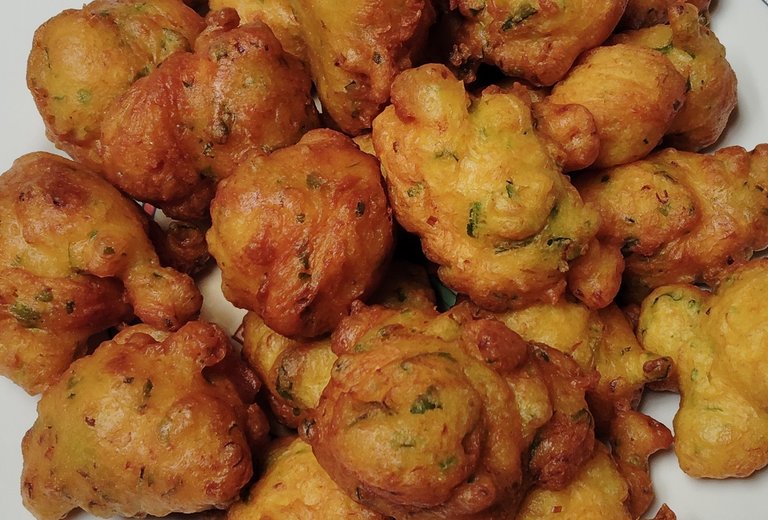
Durante la Cuaresma y especialmente el Viernes Santo, muchos hogares católicos guardan una vieja regla: nada de carne en la mesa. Aunque ya no sigo la práctica religiosa, crecí rodeado de ese ritual. En mí, aunque la fe se diluyó con los años, ciertas costumbres persisten como ecos de otra época.
Uno de esos vestigios son los buñuelos de bacalao que preparaba mi abuela. Recuerdo el bacalao desalándose en la cocina y el chisporroteo del aceite al freír la masa crujiente... Un plato humilde, pero lleno de significado. Para ella, era un acto de obediencia a la tradición; para mí, hoy, es un pedazo de memoria afectiva.
Más allá de los mandatos eclesiásticos, esos buñuelos terminaron siendo una costumbre para mi. Nadie cuestionaba si éramos creyentes o no al comerlos. Ahí reside su magia: lo que empezó como un precepto religioso se transformó en una herencia cultural que quiero mantener. No tengo la receta original de la abuela pero más o menos recuerdo como los hacía. Vamos con la receta.
Ingredientes: bacalo en salazón, huevos, leche, harina, ajo, perejil, cúrcuma y gasificante
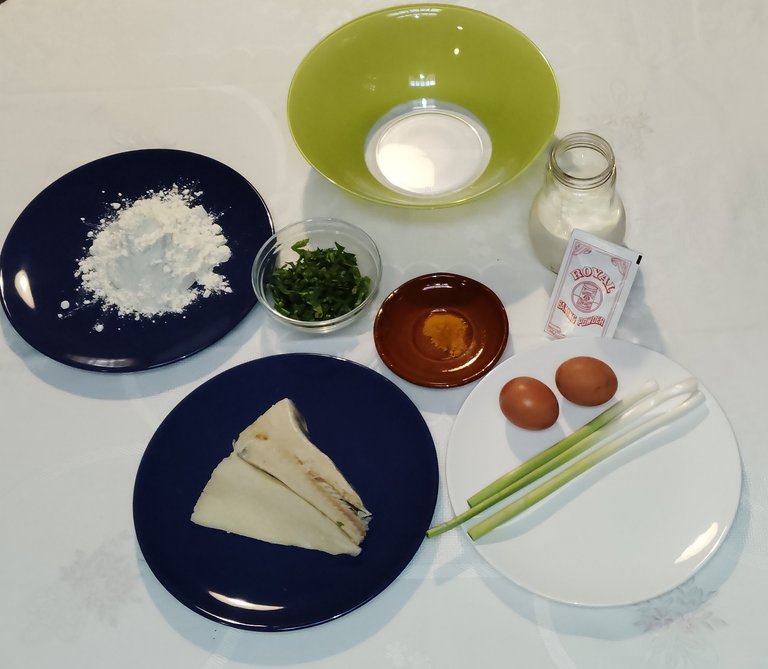
Compré bacalo en salazón y lo tuve desalando durante 24 horas cambiándole el agua cada 8 horas. Una vez desalado hice las migas. Unos 100 g más o menos.
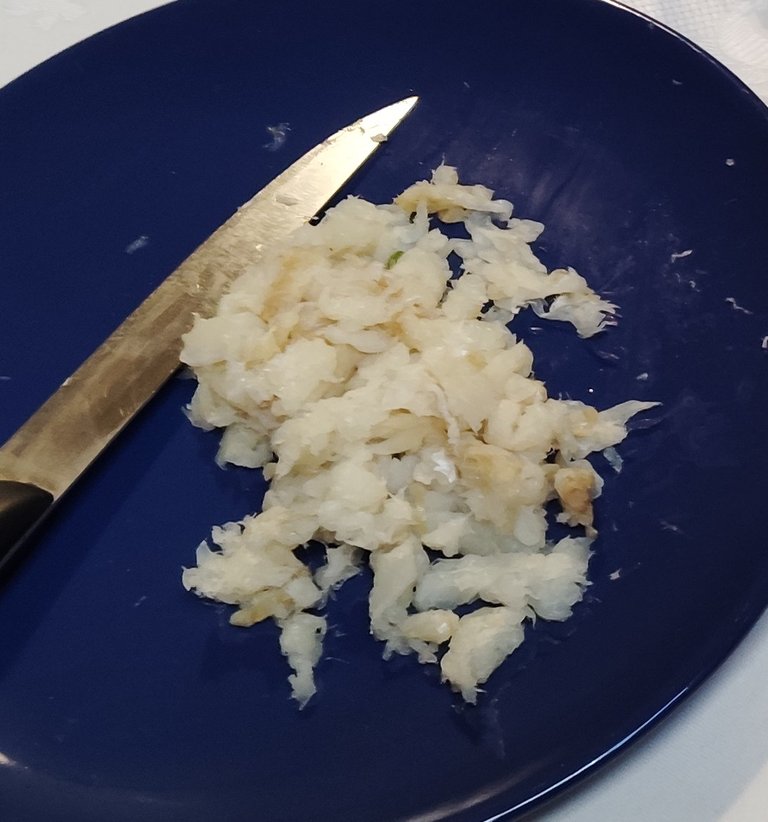
En un bol batí dos huevos a los que añadí las migas de bacalao y 250 ml de leche.
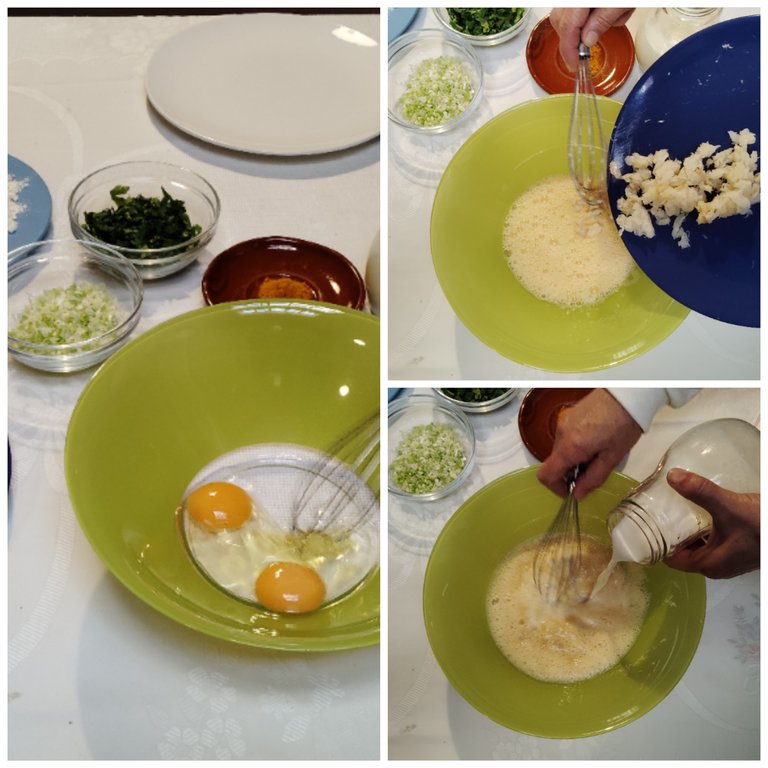
A continuación añadí perejil picado, tres ajos tiernos y un poco de cúcrcuma. La cúrcuma es para darle un poco de color.
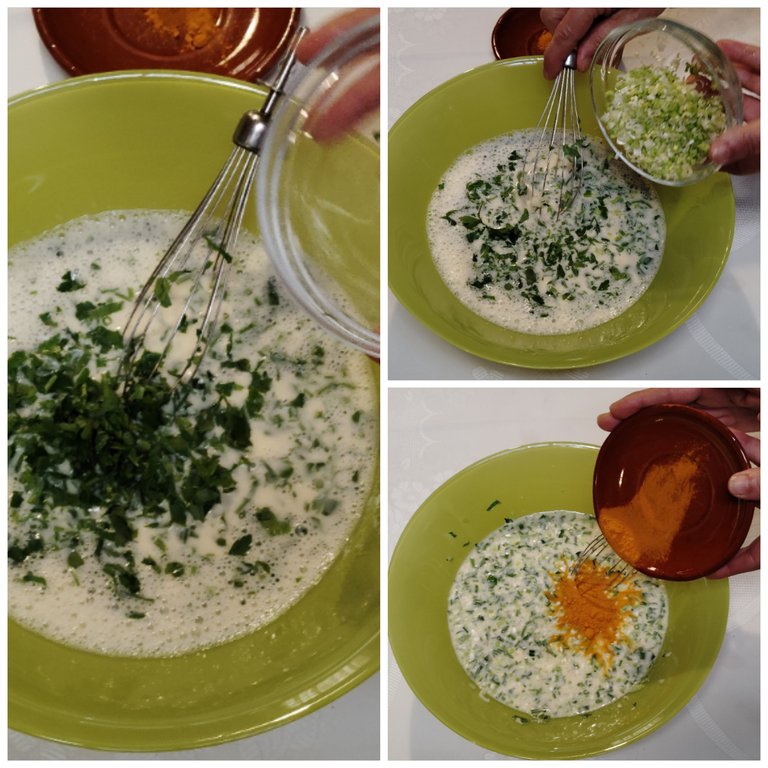
Para terminar puse el gasificante y la harina. La harina se añade poco a poco para que no se formen grumos.
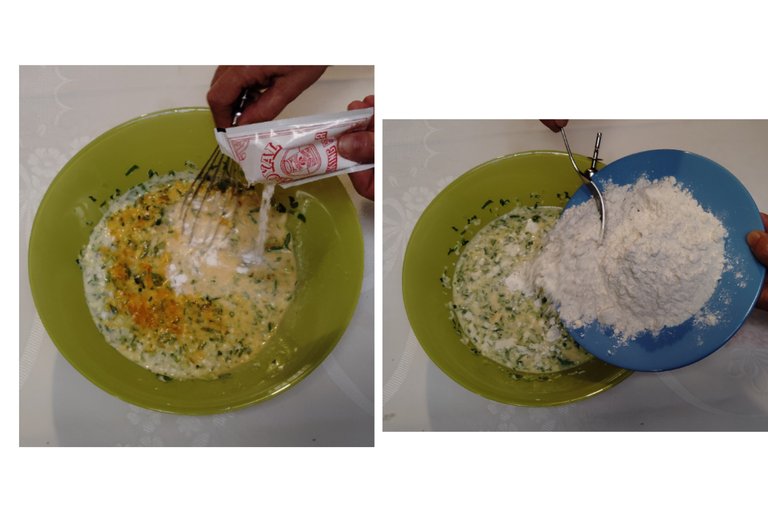
Con la textura adecuada conseguida lo tapé con un plástico de cocina para que la harina se empapara bien. ¿Cuanto tiempo lo tuve tapado? el tiempo que tardó el aceite en calentarse.

Recuerdo que mi abuela los freía con aceite de girasol porque era más económico, se gastaba mucho aceite y éramos bastantes a la mesa. Hoy no somos tantos en la mesa pero el aceite de oliva sigue siendo mucho más caro y aunque puedo permitírmelo sigo usando el de girasol como la abuela.
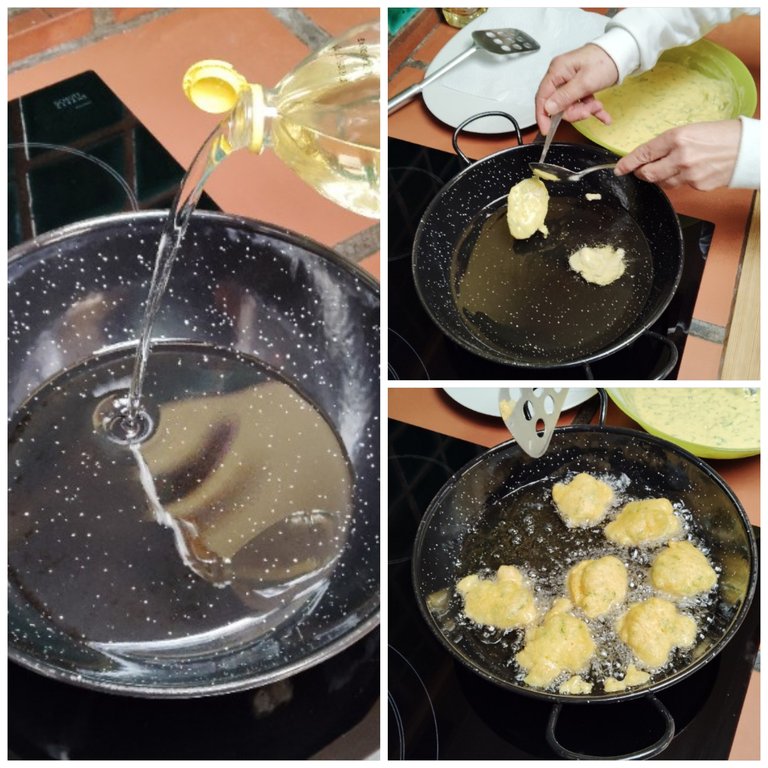
Este es el resultado final. Crujientes y muy sabrosos. Espero que te haya gustado y gracias por llegar hasta aquí
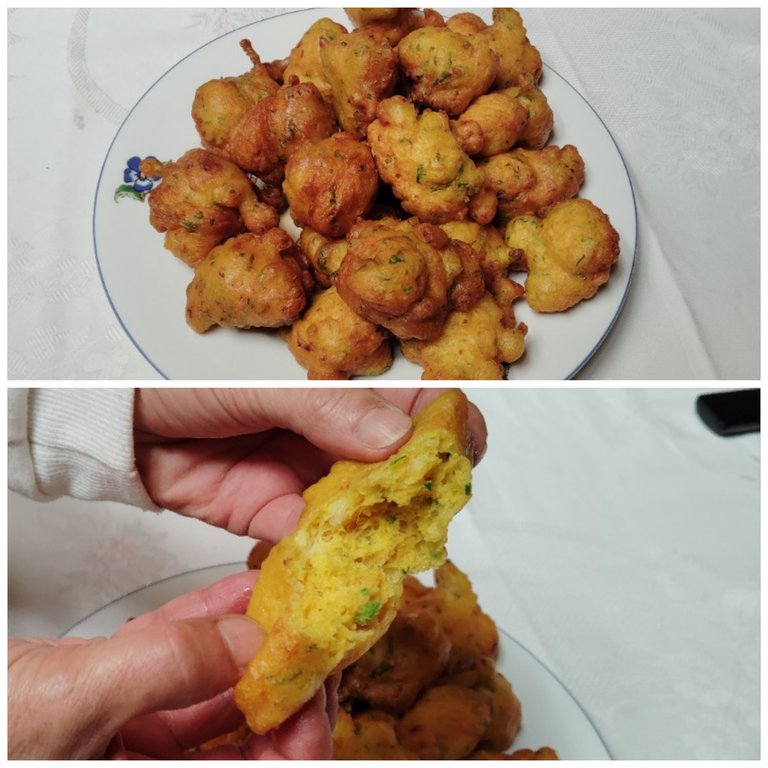

During Lent and especially on Good Friday, many Catholic households keep an old rule: no meat on the table. Although I no longer follow the religious practice, I grew up surrounded by this ritual. In me, although the faith has faded over the years, certain customs persist as echoes of another era.
One such remnant is the cod fritters my grandmother used to make. I remember the cod being desalted in the kitchen and the sizzling of the oil as the crispy batter fried.... A humble dish, but full of meaning. For her, it was an act of obedience to tradition; for me, today, it is a piece of affective memory.
Beyond ecclesiastical mandates, those fritters ended up being a custom for me. No one questioned whether we were believers or not when we ate them. Therein lies their magic: what started as a religious precept became a cultural heritage that I want to keep. I don't have grandma's original recipe but I more or less remember how she made them. Let's go to the recipe.
Ingredients: salted cod, eggs, milk, flour, garlic, parsley, turmeric and raising agent.

I bought salted cod and had it desalted for 24 hours, changing the water every 8 hours. Once desalted, I made the crumbs. About 100 g more or less.

In a bowl I beat two eggs, to which I added the cod crumbs and 250 ml of milk..

Then I added chopped parsley, three young garlic and a little turmeric. The turmeric is to give it a little colour.

Finally I added the baking powder and the flour. The flour is added little by little so that no lumps form.

When the right texture was achieved, I covered it with plastic wrap so that the flour could soak in well. How long did I keep it covered? The time it took for the oil to heat up.

I remember my grandmother used to fry them with sunflower oil because it was cheaper, a lot of oil was wasted and there were quite a few of us at the table. Today there are not so many of us at the table but olive oil is still much more expensive and although I can afford it, I still use sunflower oil like my grandmother.

This is the final result. Crunchy and very tasty. I hope you liked it and thank you for coming here.

¡Gracias por el apoyo!
Congratulations @yorguis! You have completed the following achievement on the Hive blockchain And have been rewarded with New badge(s)
Your next target is to reach 9000 upvotes.
Your next target is to reach 2750 upvotes.
You can view your badges on your board and compare yourself to others in the Ranking
If you no longer want to receive notifications, reply to this comment with the word
STOP¡Esos buñuelos tienen pintaza! No hay nada como las recetas de las abuelas, sobre todo el ingrediente principal, que es el amor con el que se realizan los platos. Estos días de Semana Santa muchas mesas de España han tenido presente este manjar. Esperamos que lo hayas disfrutado con la mejor de las compañías. ¡Gracias por compartir tu receta!
¡Gracias! No sobró ninguno, así que creo que salieron buenos. Ánimo con la comunidad española, espero que crezca cada vez más.
No nos extraña, jeje. ¡Gracias por los ánimos!
Esos buñuelos de bacalao tienen una pinta buenísima. Gracias por compartir la receta y el paso a paso.
Un saludo muy grande @yorguis.
Un placer haber encontrado esta comunidad española. Seguiré publicando cuando pueda aquí.
También es un placer tenerte por aquí, más si dejas publicaciones tan sabrosas como ésta. 😍 No me tomes en serio, pudes dejar por aquí lo que te apetezca (siempre que lo español esté presente) y cuando te apetezca.
Un abrazo muy grande. Feliz inicio de semana.
¡Gracias! Lo intentaré, pero depende mucho del tiemo libre del que disponga.
Nice methods to produce this
Thanks a lot!
You are welcome